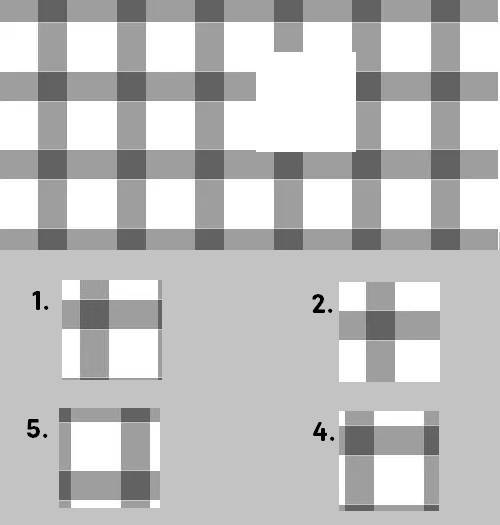Hello there! It looks like your ISSB test deadline is getting closer. Well, best of luck! Let me give you a general overview and a gift from my side: 500+ MCQs for the ISSB Intelligence Test. The ISSB Intelligence Test is the initial stage of your evaluation process, designed to test your mental sharpness, reasoning, and problem-solving abilities. I have
Test Overview
- Number of Questions: 100 multiple-choice questions (MCQs).
- Duration: 40 minutes (24 seconds per question).
- Sections: Divided into two primary areas of intelligence:
- Verbal Intelligence Questions
- Non-Verbal Intelligence Questions
Both sections carry equal weight and require you to perform quickly and accurately.
Test Timing and Environment
- The test is conducted on the first morning of your stay at the ISSB center.
- It is held in a formal, supervised and strict environment.
- If you are caught cheating or using any unfair means you can get disqualified!(your mobiles and other smart gadgets are taken away from you upon entry in the ISSB center).
Verbal Intelligence Part
Verbal intelligence questions are designed to test your ability of processing and reasoning using language and logical structures. These questions test problem-solving through text and numbers.
Here are the main types of verbal intelligence questions you’ll encounter:
- Analogies:
- Identifying relationships between pairs of words.
- Example: Doctor is to Hospital as Teacher is to ___?
- (Answer: School)
- Series Completion (Numerical or Alphabetic):
- Determining the next element in a sequence.
- Numerical Example: 3, 6, 9, 12, ___? (Answer: 15)
- Alphabetic Example: A, C, E, G, ___? (Answer: I)
- Odd-One-Out:
- Identifying the element that doesn’t fit in the group.
- Example: Apple, Mango, Tomato, Orange
- (Answer: Tomato, as it is a vegetable, not a fruit.)
- Word Relationships and Vocabulary:
- Testing synonyms, antonyms, and logical word pair relationships.
- Example: What is the opposite of “Expand”? (Answer: Contract)
- Logical Statements or Syllogisms:
- Questions based on logical conclusions from given premises.
- Example:
- Premises: All cats are animals. Some animals are dogs.
- Question: Are all dogs cats? (Answer: No.)
- Direction Sense Questions:
- Evaluating your sense of orientation and movement.
- Example: A person walks 2 km north, turns right and walks 3 km. Where is he now in relation to his starting point?
- Coding and Decoding:
- Testing your ability to interpret a pattern, code, or rule.
- Example: If CAT is coded as 3120, what is DOG? (Answer: 4157)
Non-Verbal Intelligence Part
Non-verbal intelligence questions evaluate your ability to understand and analyze visual or abstract information. This section involves reasoning through images, patterns, and diagrams.
Here are the common topics in the non-verbal section:
- Pattern Recognition:
- Identifying the next image in a series by recognizing patterns in shapes or designs.
- Example: A square, triangle, and circle are arranged in a repeated pattern. What comes next?
- Mirror and Water Images:
- Determining how a figure will look in a mirror or as its reflection in water.
- Example: An arrow is pointing upward; what will its reflection look like in water?
- Odd-One-Out (Non-Verbal):
- Identifying the figure that does not belong to a group of similar images.
- Example: Three circles with identical patterns inside, and one with a different pattern.
- Completion of Figures:
- Finding the missing part of a picture to complete it symmetrically or logically.
- Example: A shape has one missing corner; candidates must identify the correct fit.
- Embedded Figures:
- Locating a smaller figure hidden within a larger image.
- Example: Spot the triangle within a complex pattern of shapes.
- Sequence Completion (Non-Verbal):
- Identifying the next image or arrangement in a sequence of designs.
- Example: A line of increasing sizes of circles. What comes after the largest circle?
- Cubes and Dices (3D Problems):
- Visualizing how a cube or dice would appear after folding or rolling.
- Example: Given a flat layout of a dice, which face is opposite to a specific side?
- Relationship Between Figures:
- Understanding the proportional or geometrical relationships in a set of figures.
- Example: If figure A transforms into figure B, how will figure C transform?

MCQs For ISSB Intelligence Test
To ace the ISSB Intelligence Test you need to prepare and practice as much as you can. So, for your help I have prepared about 10 tests containing 500+ IQ questions. I hope that my struggle will help you in your test. Wish you all the best!
